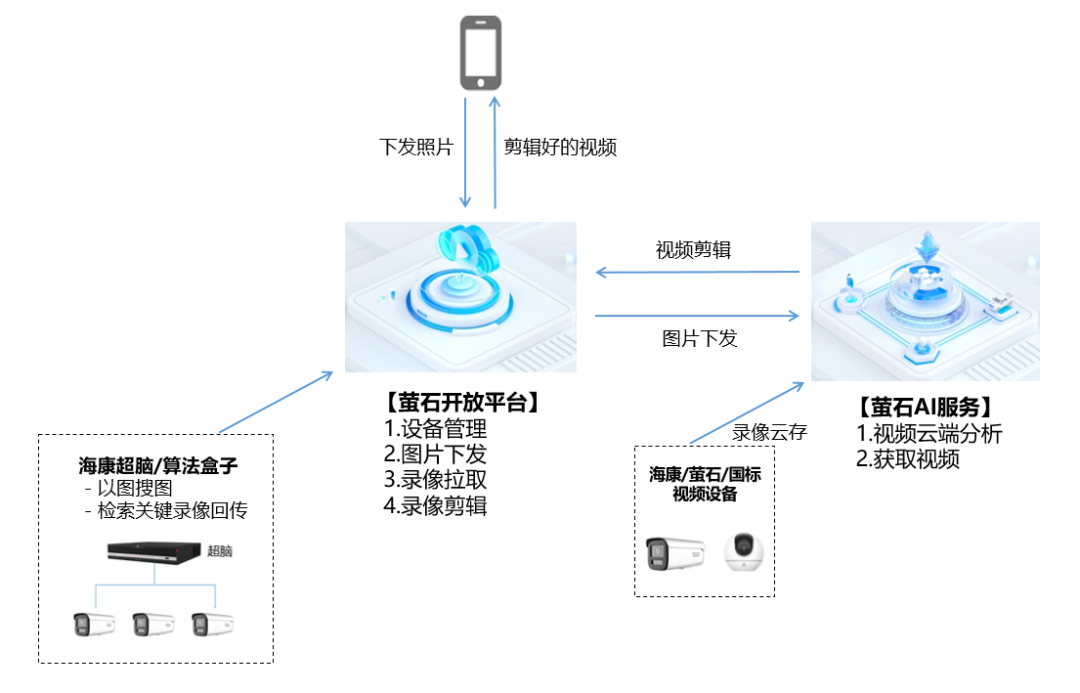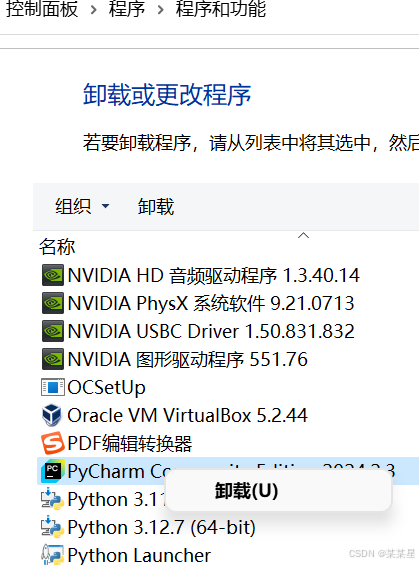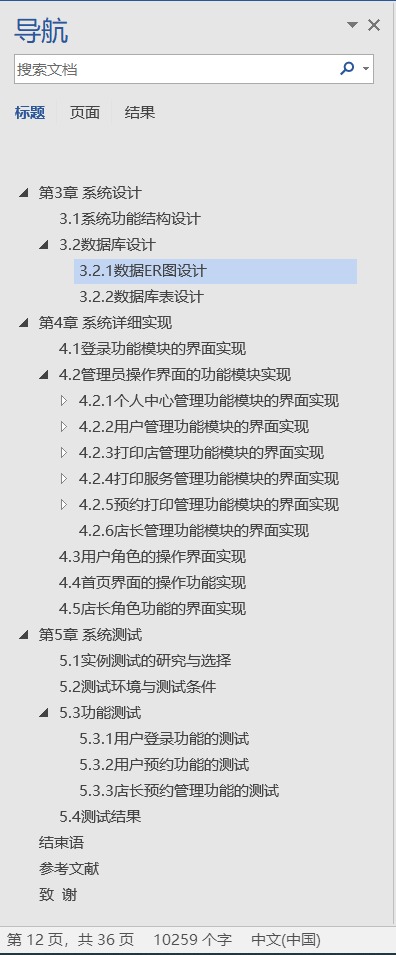引言
有数据显示,截至2024年初,全球自媒体从业人员数量已超过1.5亿人,其中中国自媒体从业人员数量超过1亿人。这一数字表明,中国自媒体行业拥有庞大的从业者群体。
另一方面,从自媒体行业的发展趋势来看,越来越多的人加入到这个行业中来。例如,从2014年起中国自媒体行业从业者人数迎来大幅增长,2015年已突破200万,到2022年,全国全职从事自媒体的人数达到了370万人,兼职人数则超过了600万,一共有970万人在从事自媒体行业。也有人认为,自媒体是这几年最火的行业,经过爆发式增长,全国参与自媒体活动的已经接近2亿人。
此外,随着自媒体行业的不断发展,越来越多的年轻人、专业人士和兴趣爱好者也开始尝试自媒体创作,这也进一步推动了自媒体从业者数量的增长。
本文将深入探讨AI写作助手系统的盈利模式,并提供一个技术实现方案,帮助你打造一个能够赚钱的AI网站。

AI写作助手系统的盈利模式
1. 订阅制服务
订阅制是一种常见的盈利模式,适合需要频繁使用写作工具的企业和个人。客户支付固定的月费或年费,即可享受平台提供的全部写作服务。这种模式通过减少单次使用的成本,吸引长期用户。
2. 按需付费服务
按需付费模式允许客户根据实际需求购买文章,适合偶尔使用写作工具的用户。这种模式提供了更大的灵活性,客户可以根据预算和需求选择购买文章的数量。
3. 定制化服务
对于有特殊需求的用户,AI写作助手系统可以提供定制化服务。客户可以定制文章的风格、内容长度、主题等,以满足特定需求。这类服务通常费用较高,因为需要更多的个性化设计和人工干预。
4. 广告收入
部分写作平台通过在生成的文章中嵌入广告,获得广告收入。这是一种被动盈利模式,可以在不增加额外成本的情况下增加收入。
5. 内容销售
创作者可以将生成的文章销售给其他网站、媒体或个人,获得版权收入。这要求平台能够生成高质量、有市场需求的文章。
6. 增值服务
AI写作助手系统还可以提供增值服务,如高级编辑、数据分析等。这些功能需要用户付费才能使用,增加了盈利渠道。
技术实现方案
后端开发:Spring Boot 实现调用AI接口
在后端开发阶段,我们使用Spring Boot框架来构建服务器,并调用AI接口以获取生成的文本内容。以下是一个简单的后端实现示例:
// 控制器类:处理前端请求
package com.example.aiwriter.controller;
import com.example.aiwriter.service.ChatGptService;
import org.springframework.beans.factory.annotation.Autowired;
import org.springframework.web.bind.annotation.GetMapping;
import org.springframework.web.bind.annotation.RequestParam;
import org.springframework.web.bind.annotation.RestController;
@RestController
public class AiWriterController {
@Autowired
private ChatGptService chatGptService;
@GetMapping("/generateText")
public String generateText(@RequestParam String prompt) {
return chatGptService.generateText(prompt);
}
}
// 服务类:调用AI接口并处理响应数据
package com.example.aiwriter.service;
import org.springframework.stereotype.Service;
import org.springframework.web.client.RestTemplate;
import org.springframework.http.HttpEntity;
import org.springframework.http.HttpHeaders;
import org.springframework.http.HttpMethod;
import org.springframework.http.ResponseEntity;
import java.util.Map;
import java.util.List;
@Service
public class ChatGptService {
private static final String CHAT_GPT_API_URL = "https://api.openai.com/v1/engines/davinci-003/completions";
private static final String API_KEY = "YOUR_OPENAI_API_KEY"; // 替换为你的OpenAI API密钥
public String generateText(String prompt) {
RestTemplate restTemplate = new RestTemplate();
String url = CHAT_GPT_API_URL + "?prompt=" + prompt;
HttpHeaders headers = new HttpHeaders();
headers.set("Authorization", "Bearer " + API_KEY);
HttpEntity<String> entity = new HttpEntity<>("", headers);
ResponseEntity<Map<String, Object>> response = restTemplate.exchange(
url, HttpMethod.POST, entity, new ParameterizedTypeReference<Map<String, Object>>() {}
);
Map<String, Object> responseBody = response.getBody();
List<Map<String, String>> choices = (List<Map<String, String>>) responseBody.get("choices");
return choices.get(0).get("text");
}
}
前端开发:HTML和CSS构建展示页面
在前端开发阶段,我们使用HTML和CSS来构建AI生成数据的展示页面。以下是一个简单的示例:
<!DOCTYPE html>
<html lang="en">
<head>
<meta charset="UTF-8">
<meta name="viewport" content="width=device-width, initial-scale=1.0">
<title>AI写作助手</title>
<link rel="stylesheet" href="styles.css">
</head>
<body>
<header>
<h1>AI写作助手</h1>
</header>
<main>
<section id="content-section">
<h2>生成的文本内容</h2>
<textarea id="generated-text" readonly></textarea>
</section>
</main>
<footer>
<p>2023 AI写作助手. 版权所有.</p>
</footer>
<script src="script.js"></script>
</body>
</html>
/* styles.css */
body {
font-family: Arial, sans-serif;
margin: 0;
padding: 0;
background-color: #f4f4f4;
}
header {
background-color: #333;
color: #fff;
padding: 1rem 0;
text-align: center;
}
main {
padding: 2rem;
}
#content-section {
background-color: #fff;
padding: 1rem;
margin-bottom: 1rem;
border-radius: 5px;
box-shadow: 0 0 10px rgba(0, 0, 0, 0.1);
}
textarea {
width: 100%;
height: 200px;
font-size: 1rem;
padding: 1rem;
border: 1px solid #ccc;
border-radius: 5px;
}
前后端交互
通过JavaScript,前端可以与后端进行交互,获取生成的文本内容并显示在文本区域中。以下是一个简单的示例:
// script.js
document.addEventListener('DOMContentLoaded', function () {
const prompt = "请写一个关于AI写作助手系统的介绍"; // 用户输入的提示
fetch(`/generateText?prompt=${prompt}`)
.then(response => response.text())
.then(text => {
document.getElementById('generated-text').value = text;
})
.catch(error => console.error('Error fetching text:', error));
});



















